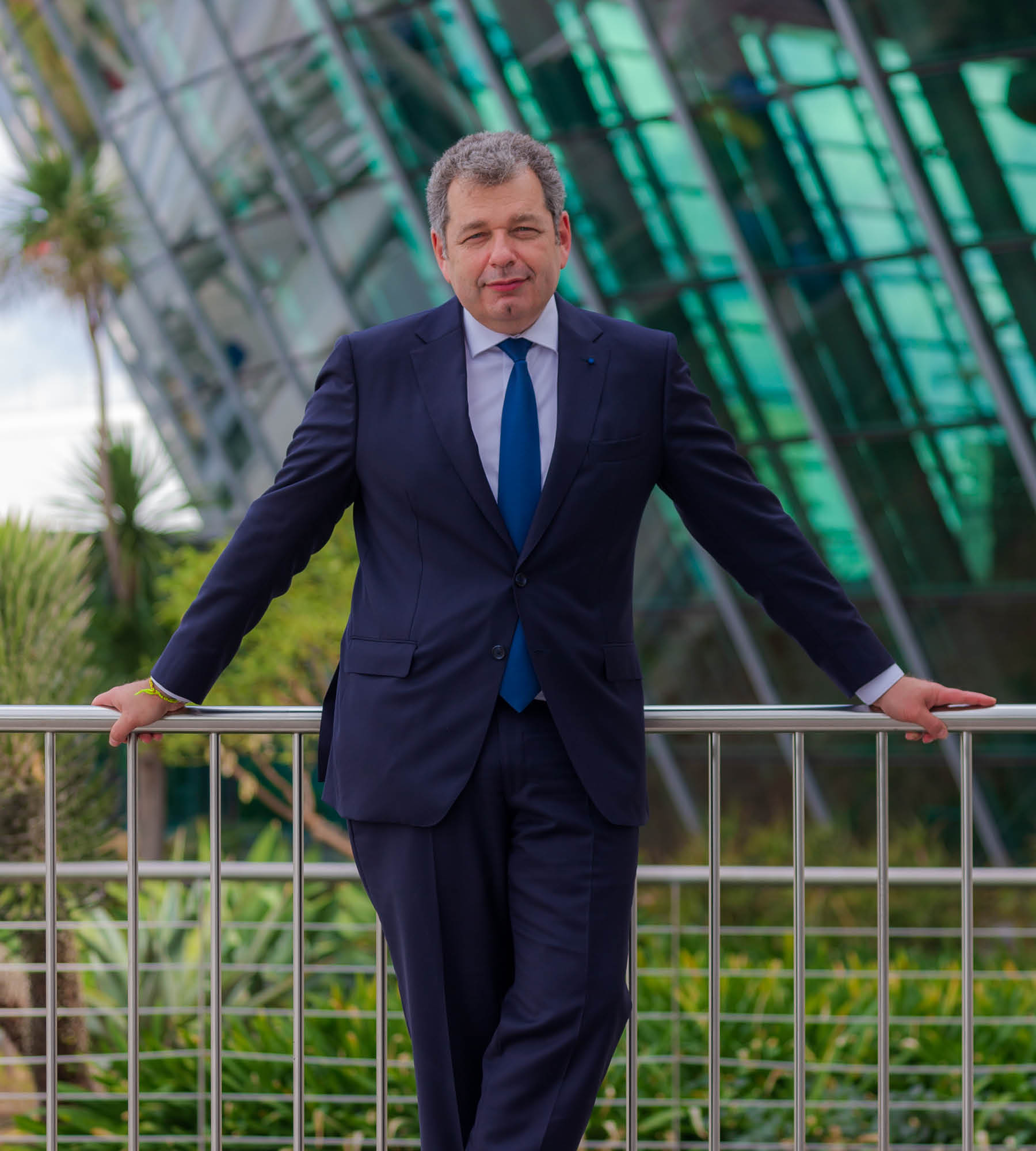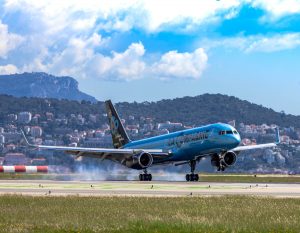Language
You can read the magazine in one of the following languages
Whether approaching the runway from the Bay of Cannes, skimming over the serene, pine-scented Lérins islands, or flying low past the high rises of the principality of Monaco and the ‘billionaire peninsula’ of Saint-Jean-Cap-Ferrat, Nice Côte d’Azur Airport is widely recognized as one of the most beautiful airport landings in the world.
“Nice Côte d’Azur is a unique airport, between the mountains and the Mediterranean Sea,” Franck Goldnadel, Chairman of the Executive Board of Aéroports de la Côte d’Azur, explains to The CEO Magazine.
As picturesque as the location is – a glittering coastline that has seduced the rich and famous for centuries – it’s much more than the view from the airplane window that attracted Goldnadel to the French Riviera.
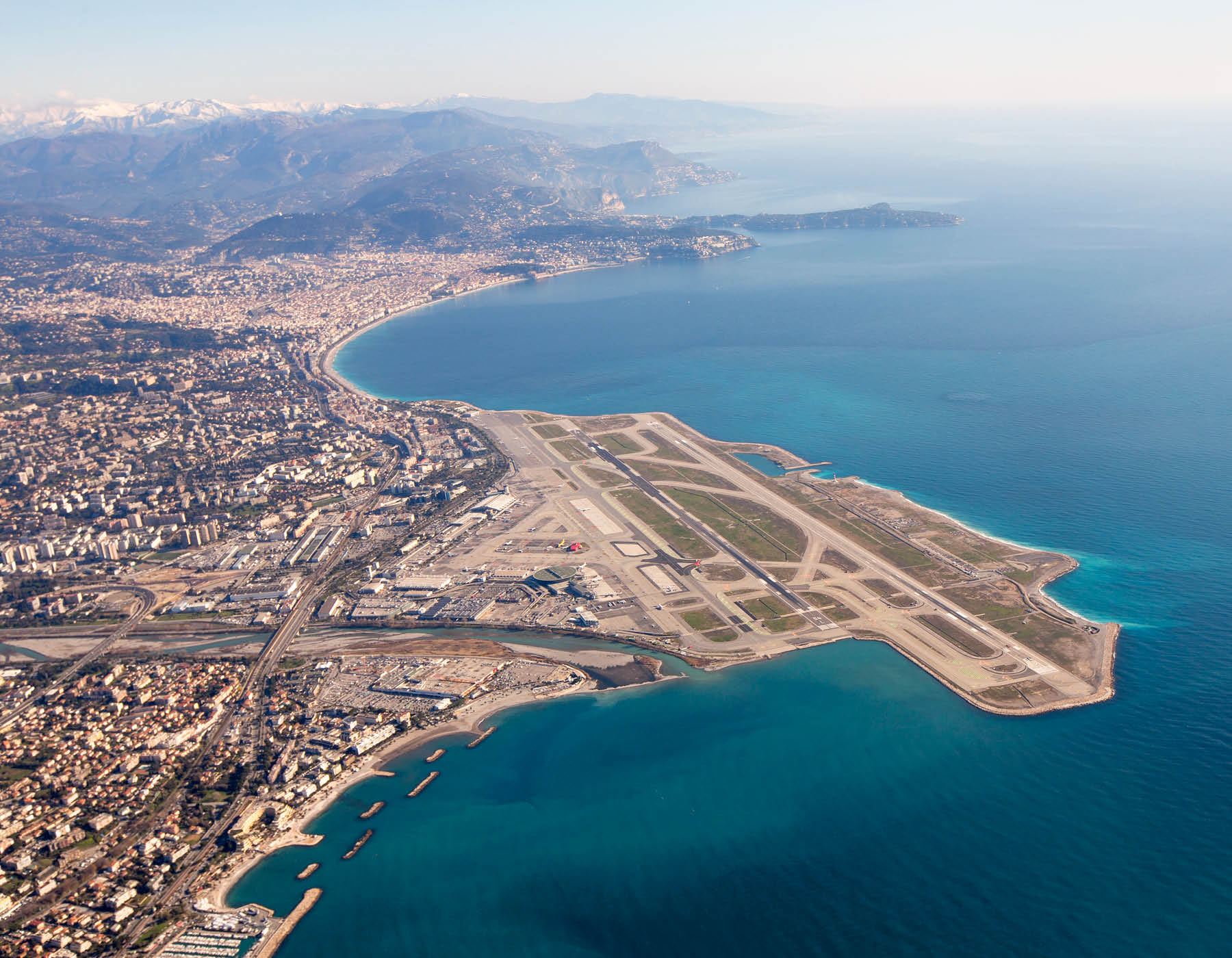
“Nice Côte d’Azur is a unique airport, between the mountains and the Mediterranean Sea.”
Not only is the airport one of the principal entry points into France for inbound travelers, but for outbound travelers the airport is their gateway to the rest of the world, with direct flights to 122 destinations across 45 countries, including North Africa, the Middle East and North America.
It sees over 14 million passengers a year pass through its two terminals, and, apart from Paris, is the only airport in the country that can accommodate the Airbus A380.
“Nice is, after Charles de Gaulle and Orly in Paris combined, France’s second airport,” Goldnadel says.
And it plays a crucial role as the region’s key economic driver. “For this territory, this airport is the primary way for it to develop its activities,” he continues.
Goldnadel was lured south to Nice from Groupe Edeis, an infrastructure leader and manager of 19 smaller French airports. Before that, he spent nearly a decade at Aéroports de Paris, the operator of Paris Charles de Gaulle Airport and Aéroport de Paris-Orly, including more than three years as COO.
But, he explains, aviation has been his passion ever since his grandfather gifted him a LEGO airplane as a young boy. “He told me that I would work in the aviation sector,” he recalls. “I don’t know where his feeling came from, but it’s proven true. I love aviation and aircraft.”
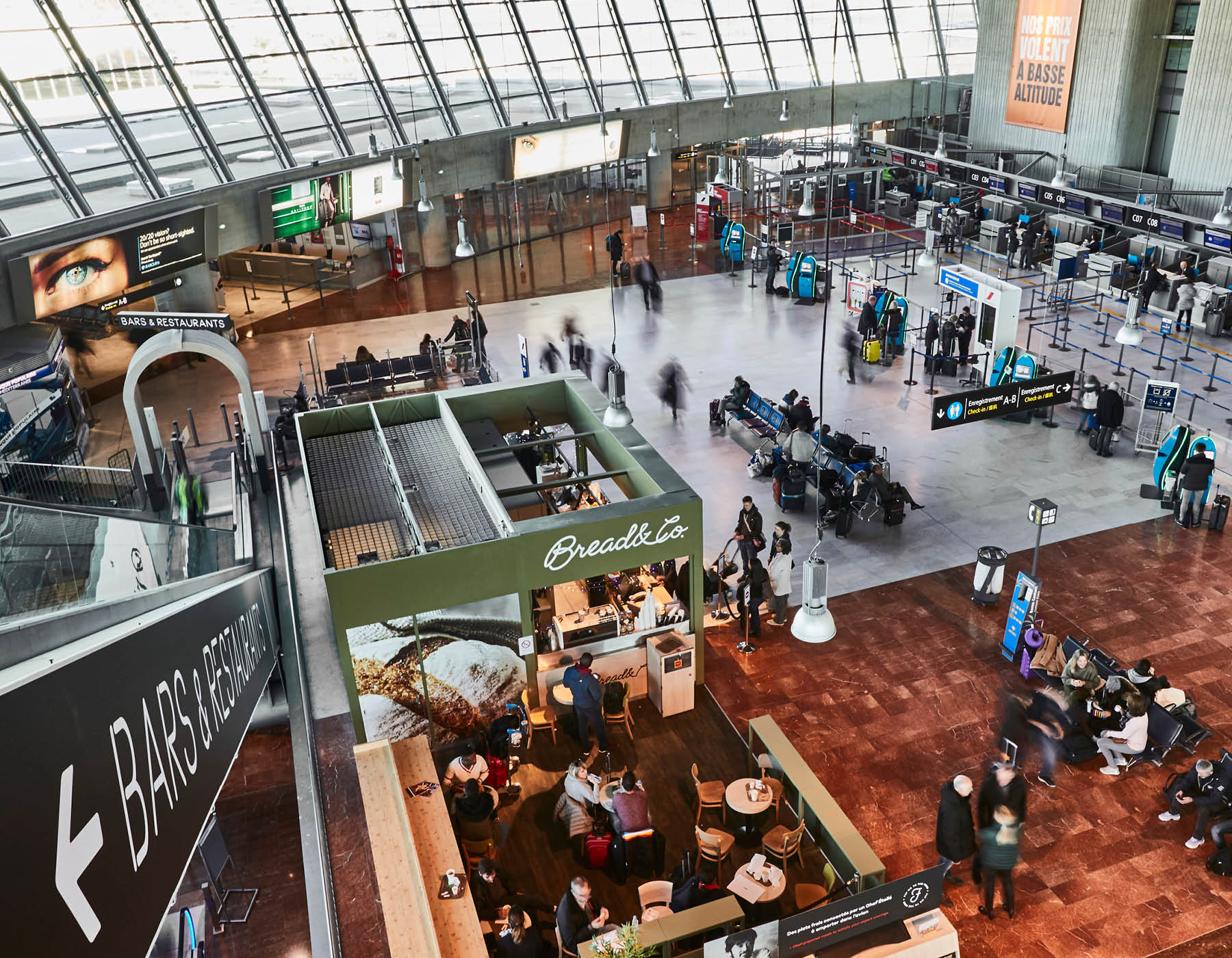
After studying at ENAC (Ecole National de l’Aviation Civile) or the National School of Civil Aviation, one of France’s leading schools in the country’s aviation capital, Toulouse, Goldnadel joined Airbus, before deciding that his future lay in airport operations.
Along with Nice Côte d’Azur Airport, as Chairman of the Executive Board, he also oversees Cannes Mandelieu Airport and the Gulf of Saint-Tropez Airport, both dedicated business aviation airports.
In the role since September 2020, Goldnadel considers himself a ‘lucky airport CEO’.
“Our airport serves a territory that wants to develop, sustainably. The region wants the airport to become best in class in terms of environmental commitments,” he says.
Nice Côte d’Azur’s growth is directly linked to its ESG commitments, he adds. The airport was one of the first to commit to carbon neutrality, without any offset, by the end of 2030 – two decades earlier than the terms laid out in the Paris Agreement.
“We are one of the first airports in Europe to be awarded the Airport Carbon Accreditation Level 4+ at all three of our airports,” he explains.
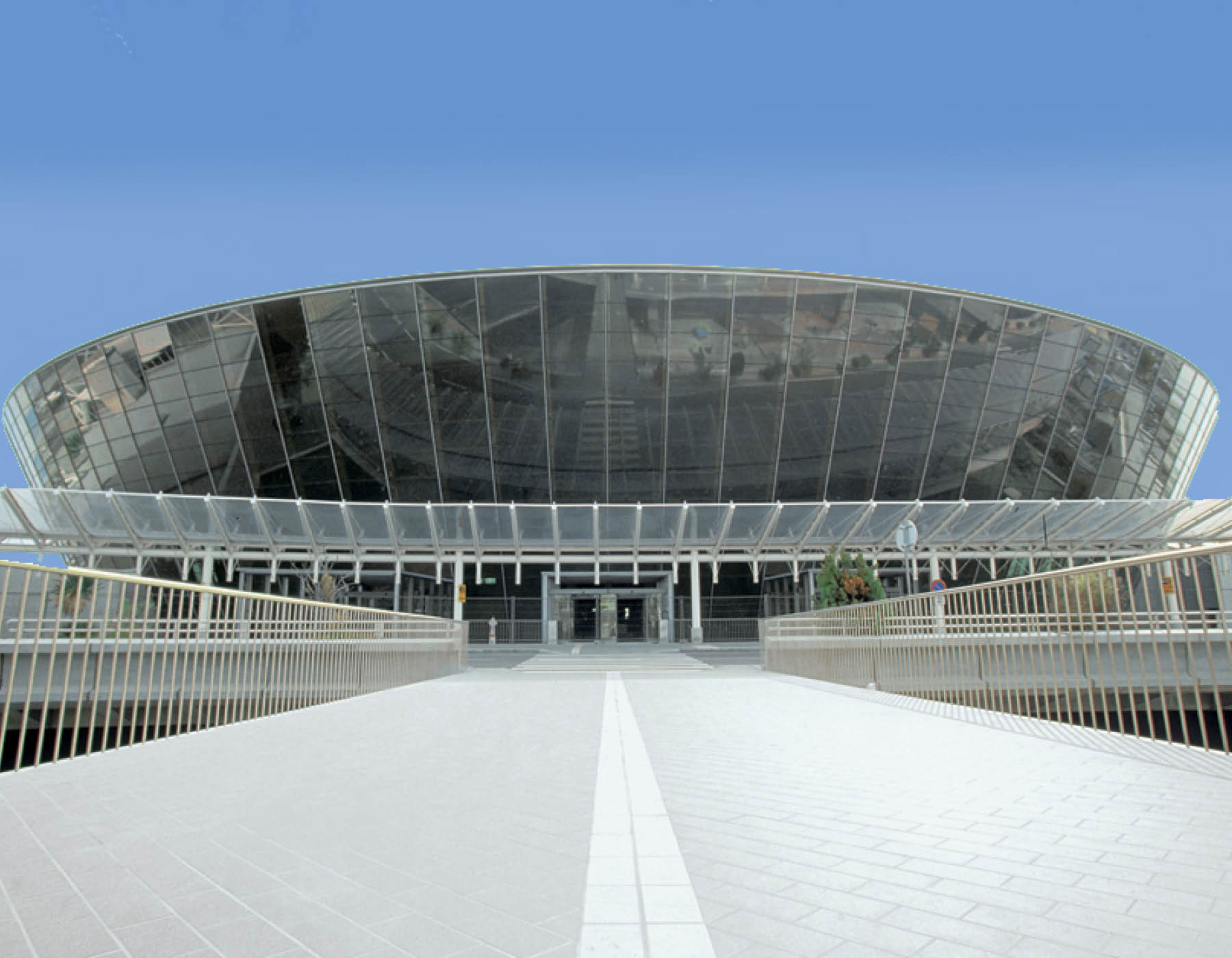
“The region wants the airport to become best in class in terms of environmental commitments.”
Golfe de Saint-Tropez airport is the first in France to achieve net zero status, without any offsetting.
At Nice Côte d’Azur Airport, Terminal One has already made significant gains, particularly in its air-conditioning system, now powered by wastewater from the Nice metropolitan area.
Similarly, the airport is one of a handful in the world for business aviation with an extensive electrical network on the tarmac.
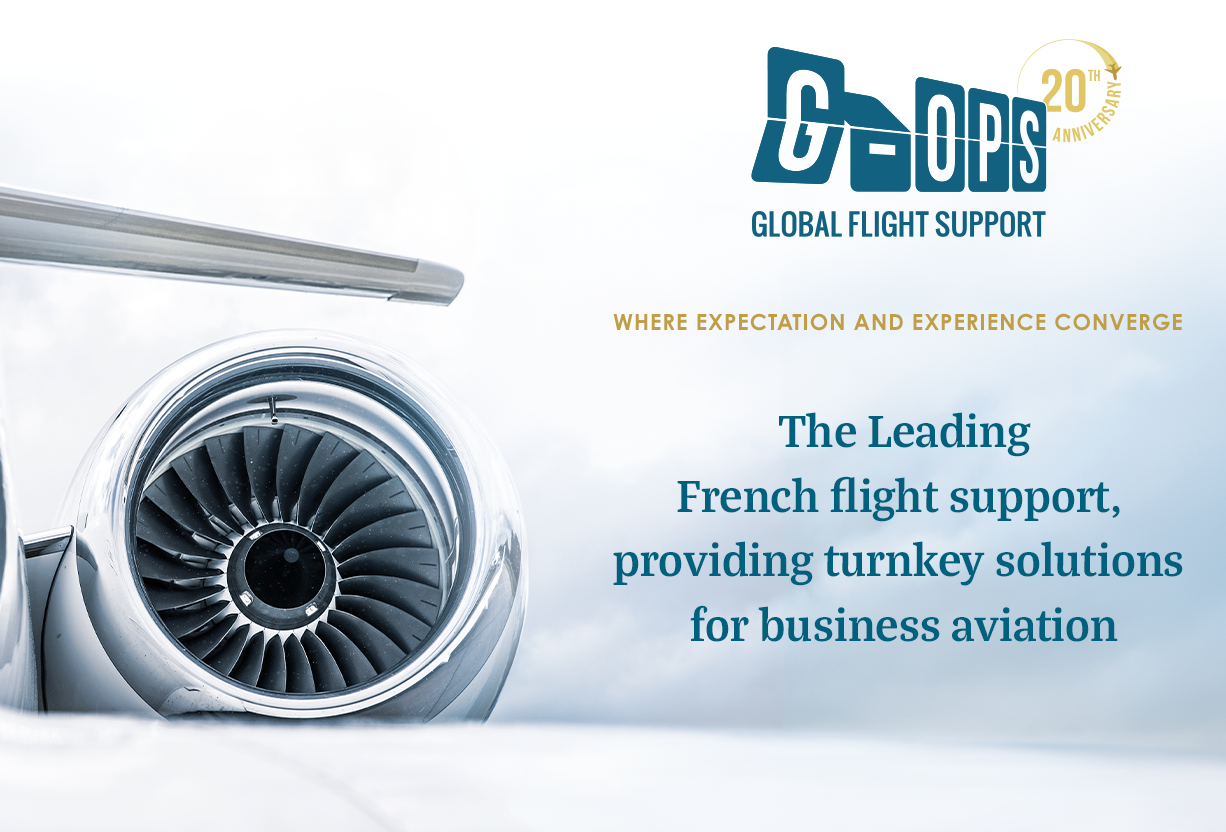
“After landing, the aircraft can simply shut off the engine and all the processes on the ground are done with electrical equipment, without the need to use the auxiliary power unit of the aircraft during the taxi time or during the time that the aircraft is at the stand,” he explains.
“Pilots can simply restart the engine when they are about to take off.”
Goldnadel settled into the role during the first and second waves of the COVID-19 pandemic, when one of the airport’s two terminals was closed down and flights were severely restricted.
The pace at which the airport was able to restart operations in 2022, while other airports struggled to get going, demonstrates the level at which Nice Côte d’Azur operates as a community, with key external partners such as G-OPS, a ground service support provider.

“We are opening new long-haul flights every year, thanks to renewed airline agility and aircraft efficiency.”
“We prepared together, by securing the jobs of all employees during the pandemic because we knew that the question wasn’t if the traffic would come back, but when,” he explains. “Our success in that recovery period was because we had the capacity and the facilities to welcome all airlines and passengers.”
And that success is showing no sign of letting up as traffic increases with new non-stop routes opening up, particularly linking the south of France to destinations in the United States.
“We are opening new long-haul flights every year, thanks to renewed airline agility and aircraft efficiency,” he says.
And it means that, under Goldendal’s stewardship, Nice – and the French Riviera – continues to be the place to be.
